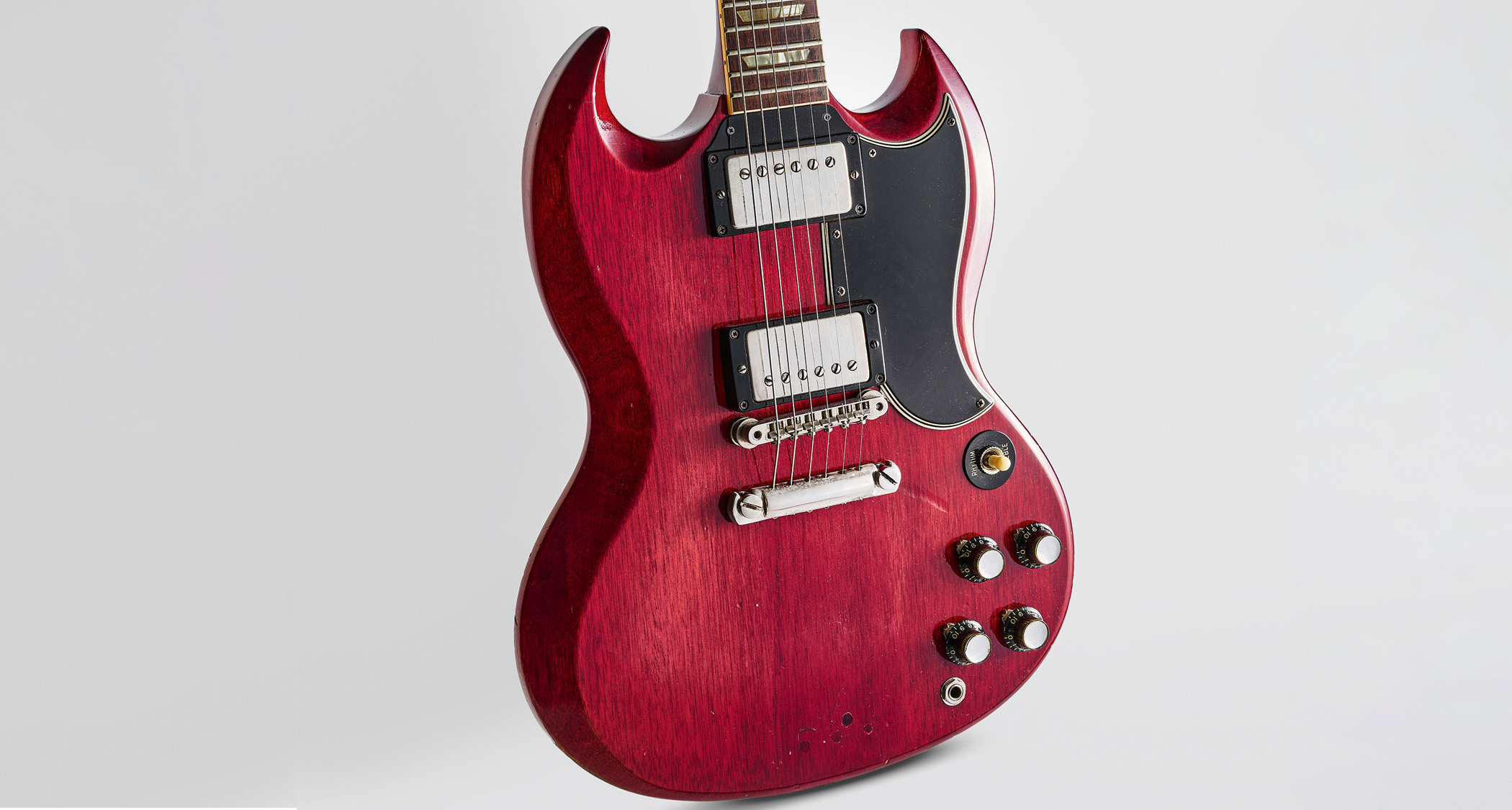Learn the essentials of 12-bar acoustic blues
It's time to dig out the flattop and learn the blues with this exercise that combines elements of Eric Clapton, Robert Johnson, and Skip James

Now and again, it’s good to put electric guitars and their associated paraphernalia aside and sit down with an acoustic to make some music. But keeping the rhythmic and melodic interest happening as a solo performer is a very different proposition to playing in the context of a band or, come to think of it, even a duo.
I have unapologetically gone for E, the easiest key to execute these ideas, though it could be argued that I’m also following in the footsteps of the greats and playing to the strengths of the acoustic guitar! Of course, it’s perfectly possible to play in other keys while keeping lots of open strings by using a capo, but you do lose a bit of resonance that way. If anything, many prefer tuning down.
The example piece is played entirely with a pick to maximise power and volume, but it’s interesting to experiment with the different options hybrid and fingerpicking can give, as well as the different tones.
While this piece isn’t played to a strict tempo, tapping your foot can help keep things together and is even a feature on some recordings! If that proves difficult at first, then play to a metronome (or recorded foot taps) to calibrate your sense of time – but this type of music seems to work better when allowed to ‘push and pull’ a bit.
If you’re playing a longer piece, then spend a bit of time establishing the chords/harmony in the mind of your listeners, taking a few more liberties with single-note solos and licks later on – in this single 12-bar it felt appropriate to keep a balance and interject a few licks between the rhythmic chords.
I hope you enjoy the piece and I’ll see you next time!
Example 1.
Starting with a two-bar E7-based triad lick as an intro, the basic structure of this piece hangs on the I-IV-V7 (E-A-B7) you would expect from a standard 12-bar blues.
All the latest guitar news, interviews, lessons, reviews, deals and more, direct to your inbox!
I’m using fairly short, sharp hits on the chords and deliberately contrasting these with smoother backward rakes across the strings (a technique loved by SRV) to articulate a couple of quicker ideas. The A7 chord with a G on the top reminds me a little of Son House or Robert Johnson, and the B7 is also a classic blues move.
However, you’ll find that things deviate a little in the last few bars of the piece, courtesy of a descending chord pattern that was inspired by Jimmy Page’s playing on Babe, I’m Gonna Leave You from Led Zeppelin I.
Bear in mind that this piece is semi-improvised, so don’t fall into the trap of examining every single tiny detail in your own playing. Try to remember that old recording maxim: the road to hell is paved with takes that were almost perfect!
Hear it here
Robert Johnson – The Centennial Collection
Robert Johnson’s acoustic blues led directly to so much of today’s music. Even with the age of these recordings, it’s a remarkable experience to hear his playing and singing in such intimate detail. Check out Kind Hearted Woman Blues to hear his rhythmic backing, decorated with blues licks that have been stolen by everyone ever since!
The same can be said for Sweet Home Chicago, which benefits from fingerpicking technique, allowing a more piano-style approach; When You Got A Good Friend is another great example. A further bonus of this album is the enhanced sound quality and multiple takes of these tracks to compare, which is very informative.
Eric Clapton – Unplugged (Deluxe Edition) Live
More than 50 years after Robert Johnson’s last recording sessions, Eric Clapton demonstrates that the style has changed little and increased in popularity. First, check out Before You Accuse Me, which relies completely on Eric and Andy Fairweather Low’s rhythmic acoustic guitars (and a few hand claps!).
Hey Hey follows a similar pattern, though might give a few alternative rhythmic ideas. Malted Milk features a few more useful ideas in the same key as the example piece, so it would be well worth giving this a listen. Finally, like the Robert Johnson album, there are alternative takes that can give a great insight into a player’s approach.
Skip James – The Complete 1931 Recordings
Rewinding back even further than Robert Johnson, these recordings – though obviously old – showcase a guitarist with fine technique and pioneering ideas. Check out Devil Got My Woman, a departure from the classic 12-bar structure but every bit as traditional sounding.
Cypress Grove Blues features some particularly strong-sounding fills and omits the IV chord while retaining a 12-bar structure. Finally, I’m So Glad is a real tour de force, with intricate banjo-style picking, octaves and descending chord progressions.
Surely one of the top players of his day, and unlike Robert Johnson, Skip James was fortunate to live long enough to participate in the blues revival of the 1960s.
As well as a longtime contributor to Guitarist and Guitar Techniques, Richard is Tony Hadley’s longstanding guitarist, and has worked with everyone from Roger Daltrey to Ronan Keating.


